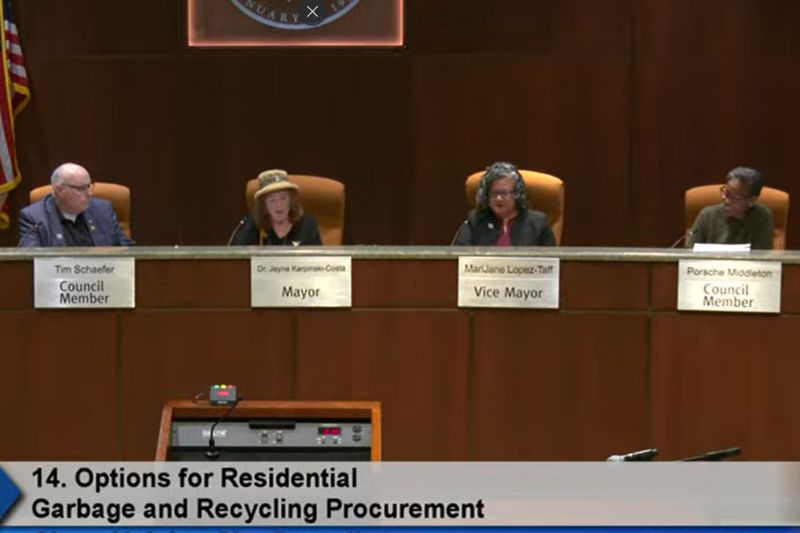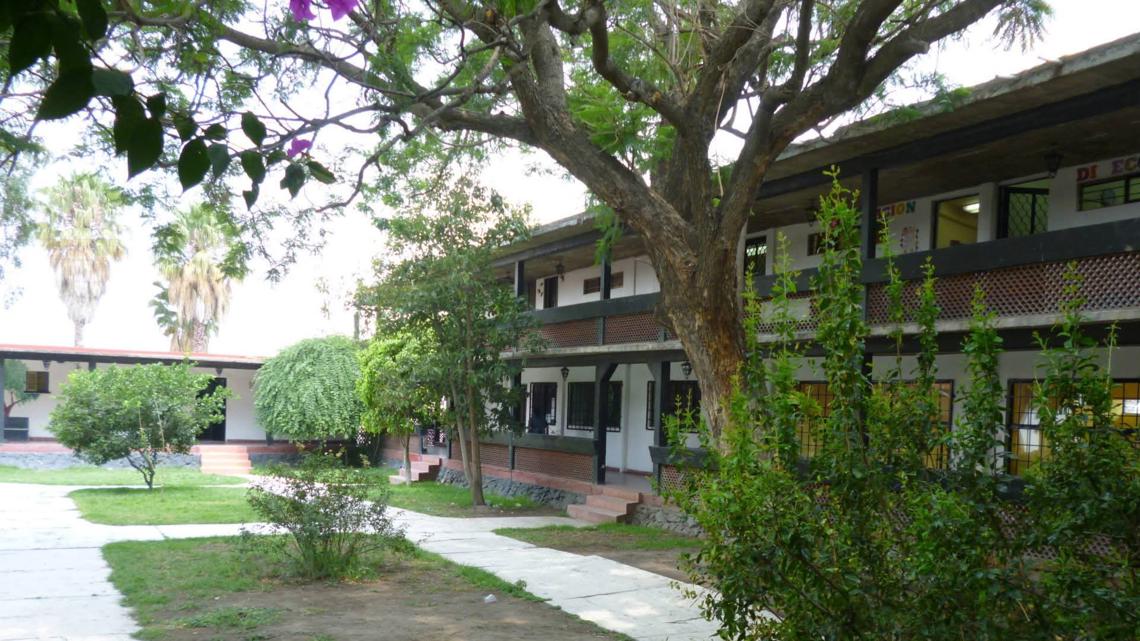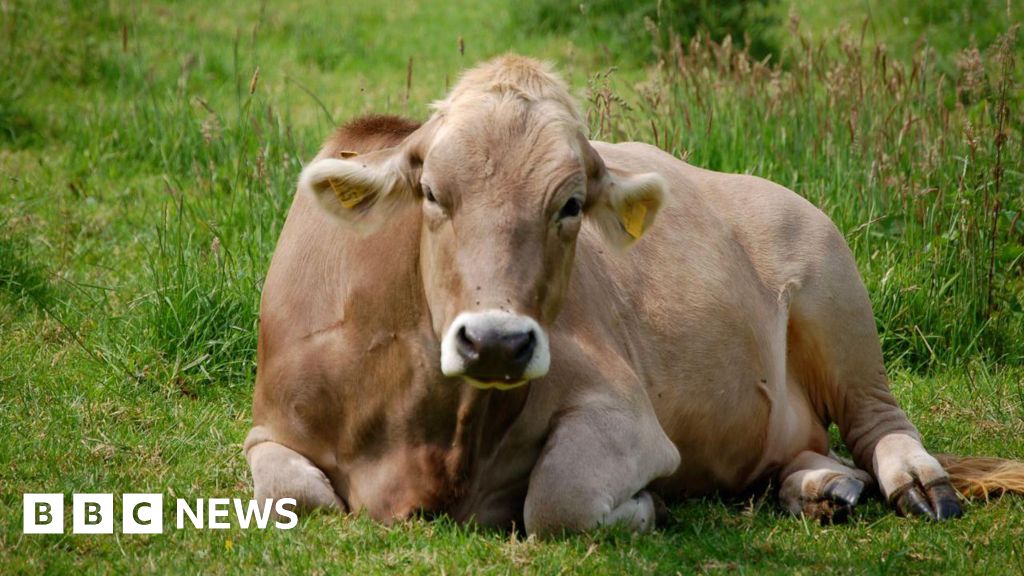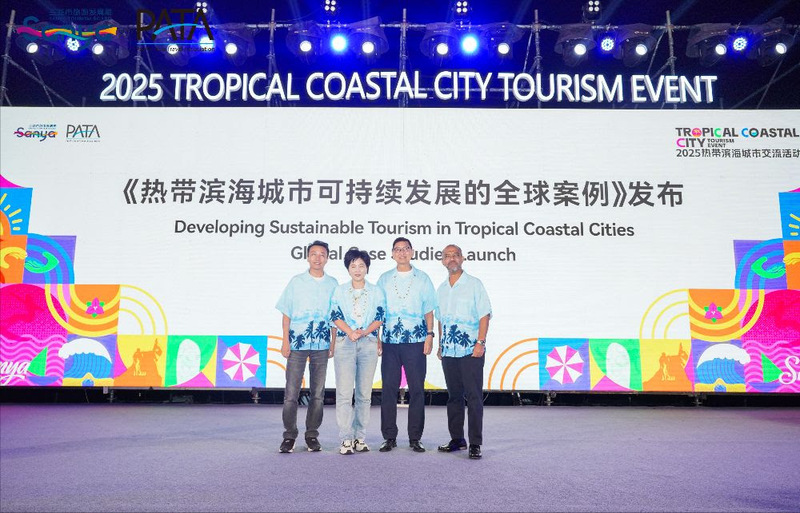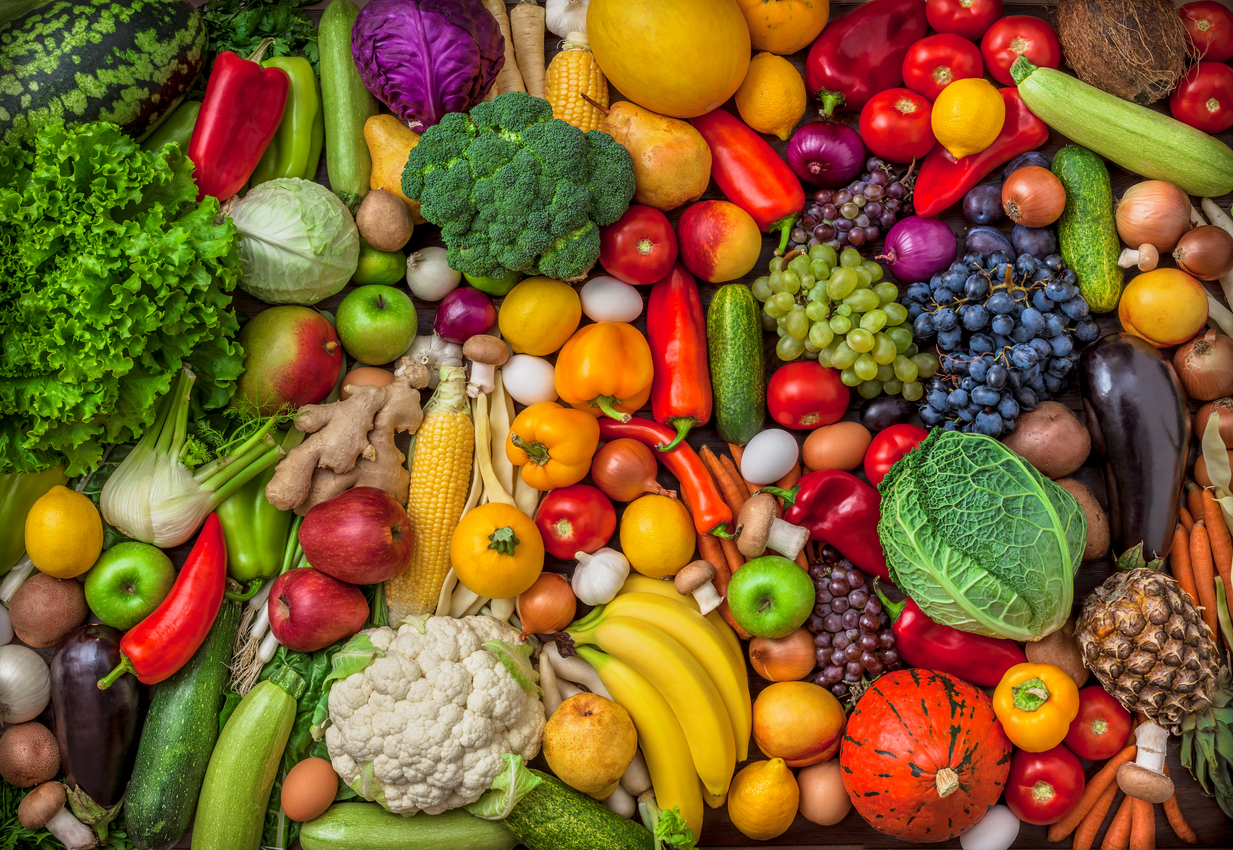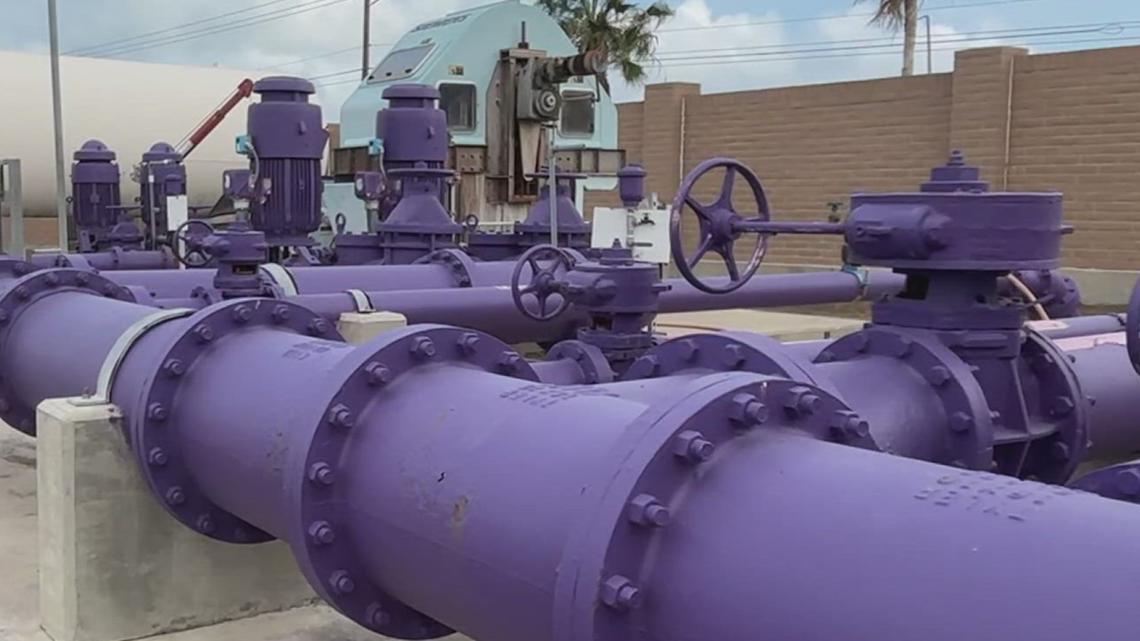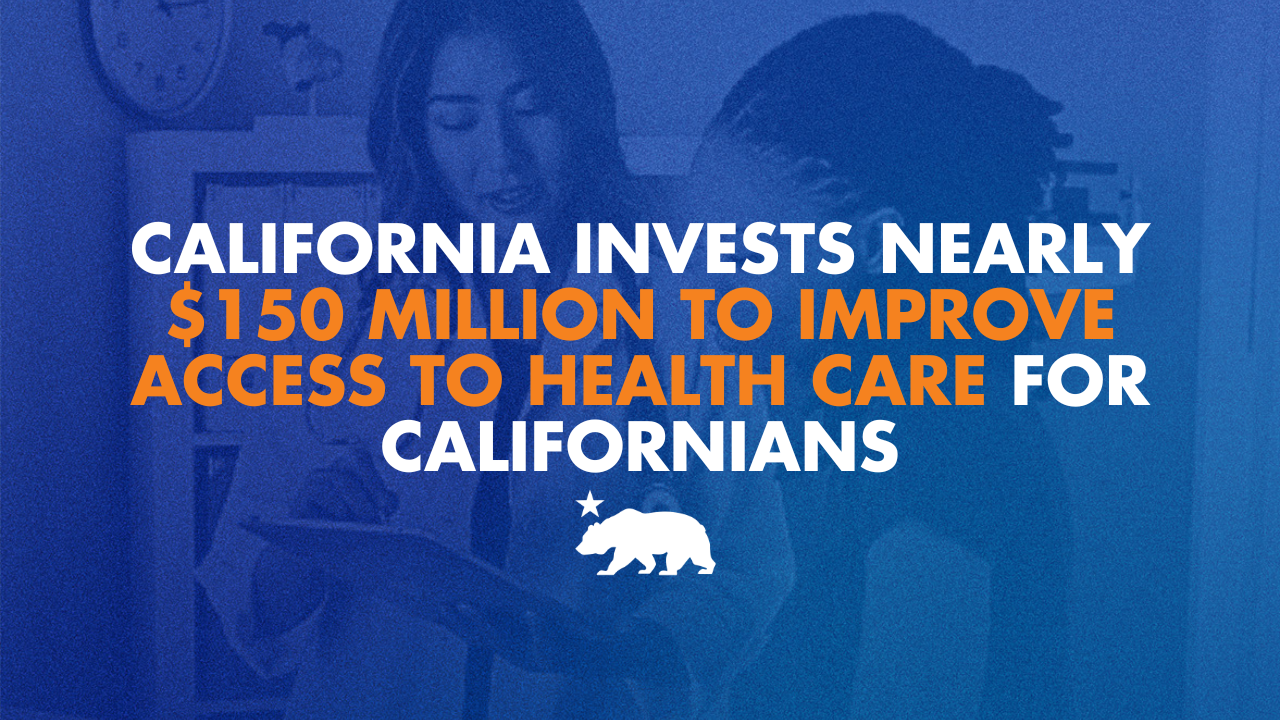Rewards for nutrient efficiency on Md. farms help reduce Bay pollution – MarylandReporter.com

Report on a Pilot Program for Sustainable Agriculture in the Chesapeake Bay Region
Introduction: Reconciling Agricultural Productivity with Environmental Stewardship
A new initiative in the Chesapeake Bay watershed, led by The Nature Conservancy, is pioneering a novel approach to agricultural nutrient management. This program shifts the focus from solely reducing nutrient application to enhancing nitrogen use efficiency (NUE) in crops. This strategy directly addresses the long-standing challenge of mitigating agricultural runoff without compromising farm profitability, thereby aligning with multiple Sustainable Development Goals (SDGs).
The core issue has been the conflict between environmental protection and economic viability for farmers. Traditional conservation efforts often request a reduction in nutrient use, which can be perceived as a direct risk to crop productivity and farm income. This new program seeks to create a synergistic relationship where enhanced environmental outcomes are linked to financial incentives and potentially higher yields.
Program Objectives and Alignment with Sustainable Development Goals (SDGs)
The project’s primary goal is to reduce nitrogen pollution in the Chesapeake Bay by incentivizing farmers to adopt practices that increase the amount of nitrogen absorbed by crops. This approach contributes to several key SDGs:
- SDG 6 (Clean Water and Sanitation) & SDG 14 (Life Below Water): By ensuring more nitrogen is utilized by plants, the program aims to decrease the volume of nutrient runoff into local streams and groundwater. This directly mitigates the primary cause of algae blooms and hypoxic “dead zones” in the Bay, improving water quality and protecting aquatic ecosystems.
- SDG 2 (Zero Hunger): The focus on efficiency can lead to increased crop yields. By optimizing nutrient uptake, farmers can potentially “produce as much as they possibly can,” which supports goals of enhanced food production and sustainable agriculture.
- SDG 8 (Decent Work and Economic Growth): The program is structured to protect and enhance farm profitability. By providing financial rewards for performance and de-risking the adoption of new techniques, it supports the economic sustainability of agricultural enterprises.
- SDG 12 (Responsible Consumption and Production): Promoting nitrogen use efficiency is a fundamental principle of sustainable production, minimizing waste and environmental impact per unit of agricultural output.
- SDG 17 (Partnerships for the Goals): The initiative is a multi-stakeholder collaboration involving The Nature Conservancy, the University of Maryland, the U.S. Department of Agriculture (USDA), private agricultural advisors, and farmers, demonstrating a partnership model for achieving sustainability targets.
Methodology and Implementation
Funded by the USDA, the program employs a “pay for performance” model designed to be flexible and results-oriented. The implementation involves several key stages:
- Farmer Engagement: Approximately 20 farmers, managing a collective 20,000 acres, will participate in the initial phase.
- Financial Support: Each participating farmer receives a $1,000 voucher to collaborate with commercial agricultural advisors.
- Customized Planning: Farmers and advisors develop tailored plans to improve the nutrient use efficiency of corn and wheat crops. These plans are not prescriptive and can include a variety of strategies.
- Performance-Based Payments: Farmers receive payments based on measured improvements in nitrogen uptake. A guaranteed minimum payment of $15 per acre is provided, which increases with every 10% improvement in efficiency, up to a maximum of $50 per acre. This structure ensures a financial safety net, encouraging experimentation with new methods.
Innovative Agricultural Practices and Stakeholder Perspectives
Strategies for Enhancing Nitrogen Use Efficiency
Participants are encouraged to adopt a range of practices tailored to their specific field conditions. These may include:
- Adjusting the timing and method of fertilizer or manure application to align with crop needs.
- Addressing deficiencies in other soil nutrients, such as potash or potassium, to boost overall plant health and nitrogen uptake.
- Utilizing high-tech equipment for precision planting, which allocates seeds based on field productivity zones.
- Applying new fertilizer additives designed to improve nitrogen absorption by plants.
Perspectives from Program Partners
Stakeholders view the program’s emphasis on efficiency and economic partnership as a critical innovation. Agricultural advisors note that while the program could lead to lower fertilizer sales, it fosters a more valuable, long-term relationship with farmers by focusing on technology and information management that increases yield. The financial guarantee is seen as essential for building farmer confidence in trying unfamiliar techniques. The reframing of the objective from “nutrient reduction” to “nitrogen use efficiency” removes negative connotations and aligns environmental goals with farmers’ business objectives of maximizing production and profit.
Evaluation and Future Outlook
A key component of the project involves a formal evaluation led by social scientist Matt Houser. A survey of participating farmers will be conducted to assess the program’s effectiveness, identify areas for improvement, and gauge the potential for wider adoption within the agricultural community. The project aims to demonstrate that creating market-based premiums for sustainability can successfully incentivize the adoption of conservation practices. By proving that environmental stewardship and agricultural productivity can be mutually reinforcing, the program seeks to establish a scalable model for achieving critical water quality and sustainable development goals.
Analysis of the Article in Relation to Sustainable Development Goals
1. Which SDGs are addressed or connected to the issues highlighted in the article?
- SDG 2: Zero Hunger: The article focuses on agricultural practices, crop productivity (corn and wheat), and the economic viability of farms, which are central to ensuring sustainable food production.
- SDG 6: Clean Water and Sanitation: A primary theme is the reduction of water pollution from “nutrient-lade runoff” that contaminates streams and the Chesapeake Bay.
- SDG 8: Decent Work and Economic Growth: The program is designed to protect and enhance farmers’ profitability and business goals, linking environmental improvements to economic sustainability.
- SDG 12: Responsible Consumption and Production: The core of the program is to promote the efficient use of resources, specifically nitrogen fertilizer, in agricultural production.
- SDG 14: Life Below Water: The article directly addresses the negative impacts of nutrient pollution on the Chesapeake Bay, such as “algae blooms and creates oxygen-starved ‘dead zones’,” which harm marine and coastal ecosystems.
- SDG 15: Life on Land: The issue originates from land-based activities (croplands), and the solution involves sustainable management of this land to prevent runoff into freshwater ecosystems (streams) and ultimately the bay.
- SDG 17: Partnerships for the Goals: The project is a multi-stakeholder collaboration involving an NGO (The Nature Conservancy), a university (University of Maryland), a government agency (U.S. Department of Agriculture), and private sector actors (farmers and agricultural advisors).
2. What specific targets under those SDGs can be identified based on the article’s content?
- SDG 2: Zero Hunger
- Target 2.3: The program supports farmers by providing financial incentives and expert advice to increase yields (“twenty, thirty, forty more bushels of yield”) and protect their “profitability” and “bottom line,” which relates to doubling the productivity and incomes of food producers.
- Target 2.4: The initiative directly implements resilient and sustainable agricultural practices focused on nitrogen use efficiency. This aims to increase productivity while simultaneously reducing environmental impact and helping to “maintain ecosystems.”
- SDG 6: Clean Water and Sanitation
- Target 6.3: The program’s main environmental goal is to improve water quality by reducing pollution from a non-point source. It aims to ensure “less will be left on the fields to potentially run off into streams,” directly addressing the reduction of pollution.
- SDG 8: Decent Work and Economic Growth
- Target 8.4: The project is a clear example of decoupling economic activity from environmental degradation. It encourages farmers to “produce as much as you possibly can” while improving resource efficiency (“nitrogen use efficiency”) to reduce pollution.
- SDG 12: Responsible Consumption and Production
- Target 12.2: The focus on rewarding farmers for getting “their crops to use nitrogen more efficiently” is a direct effort to achieve the sustainable management and efficient use of natural resources (fertilizers).
- SDG 14: Life Below Water
- Target 14.1: The article explicitly identifies the problem as “nutrient-lade runoff” from land-based activities (farming) causing “algae blooms” in the Bay. The program is designed to prevent and reduce this specific type of marine nutrient pollution.
- SDG 15: Life on Land
- Target 15.1: By reducing nutrient runoff from croplands into streams that feed the Chesapeake Bay, the program contributes to the conservation and sustainable use of terrestrial and inland freshwater ecosystems.
- SDG 17: Partnerships for the Goals
- Target 17.17: The project is described as a partnership between The Nature Conservancy, the University of Maryland, the U.S. Department of Agriculture, and private businesses (farmers, agricultural advisors), exemplifying an effective public-private and civil society partnership.
3. Are there any indicators mentioned or implied in the article that can be used to measure progress towards the identified targets?
- Nitrogen Use Efficiency (NUE): This is the central performance metric of the program. The article states that payments increase “for every 10% of improved nitrogen uptake,” making it a direct, quantifiable indicator of progress towards efficient resource use (Targets 2.4, 8.4, 12.2).
- Crop Yield: The article mentions the potential for “twenty, thirty, forty more bushels of yield for the same amount of nitrogen.” This measures agricultural productivity (Target 2.3).
- Farmer Profitability and Payments: The financial incentives, including a “minimum payment of $15 an acre” up to a “maximum of $50 an acre,” serve as an indicator of the economic support provided to farmers to encourage sustainable practices (Target 2.3).
- Reduction in Nutrient Runoff: While not directly measured in the article, this is the implied environmental outcome. The logic that “if more nitrogen is used by plants, less will be left on the fields to potentially run off” suggests that measuring NUE serves as a proxy indicator for reduced pollution (Targets 6.3, 14.1).
- Program Participation and Scale: The goal to “work with farmers who manage a combined 20,000 acres” is a clear indicator of the program’s reach and the adoption of these sustainable practices (Targets 2.4, 17.17).
- Farmer Perception and Interest: A planned survey of participating farmers to gauge if the program is “likely to win widespread interest” is an indicator used to measure the potential for scaling up the partnership and its methods (Target 17.17).
4. Table of SDGs, Targets, and Indicators
| SDGs | Targets | Indicators |
|---|---|---|
| SDG 2: Zero Hunger | 2.4: Ensure sustainable food production systems and implement resilient agricultural practices. | – Increased crop yield (bushels per acre). – Adoption of efficient nutrient management plans across 20,000 acres. |
| SDG 6: Clean Water and Sanitation | 6.3: Improve water quality by reducing pollution. | – Implied reduction in nitrogen runoff from fields. |
| SDG 8: Decent Work and Economic Growth | 8.4: Improve global resource efficiency and decouple economic growth from environmental degradation. | – Increased yield for the same amount of nitrogen applied. – Payments to farmers ($15-$50 per acre) based on performance. |
| SDG 12: Responsible Consumption and Production | 12.2: Achieve the sustainable management and efficient use of natural resources. | – Percentage of improved nitrogen uptake by crops. |
| SDG 14: Life Below Water | 14.1: Prevent and significantly reduce marine pollution of all kinds, in particular from land-based activities, including nutrient pollution. | – Reduced nutrient load entering streams and the Chesapeake Bay (implied). |
| SDG 17: Partnerships for the Goals | 17.17: Encourage and promote effective public, public-private and civil society partnerships. | – Number of participating entities (NGO, university, government, private sector). – Farmer survey results on program effectiveness and interest. |
Source: marylandreporter.com

What is Your Reaction?
 Like
0
Like
0
 Dislike
0
Dislike
0
 Love
0
Love
0
 Funny
0
Funny
0
 Angry
0
Angry
0
 Sad
0
Sad
0
 Wow
0
Wow
0



